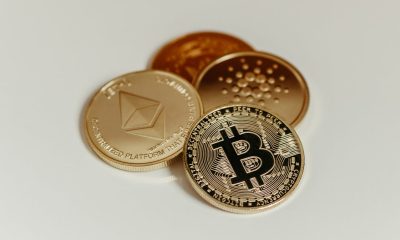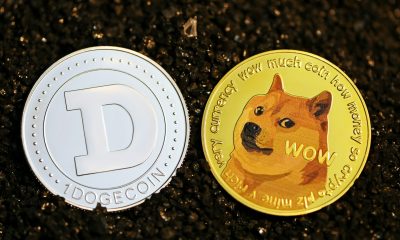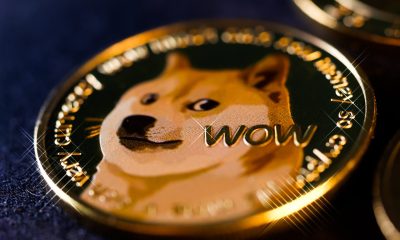Crypto
Why Dogecoin Mining Is Trending – Litecoin also Attractive for Bitcoin Miners
The Mining Disrupt conference revealed two key trends: growing interest in mining Dogecoin (DOGE) and Litecoin (LTC) alongside Bitcoin, and a shift toward renewable energy sources. Bitcoin’s April 2024 halving intensified competition, making alternative mining attractive. However, high electricity costs, especially in Germany, make profitable mining challenging despite innovations like waste heat utilization.
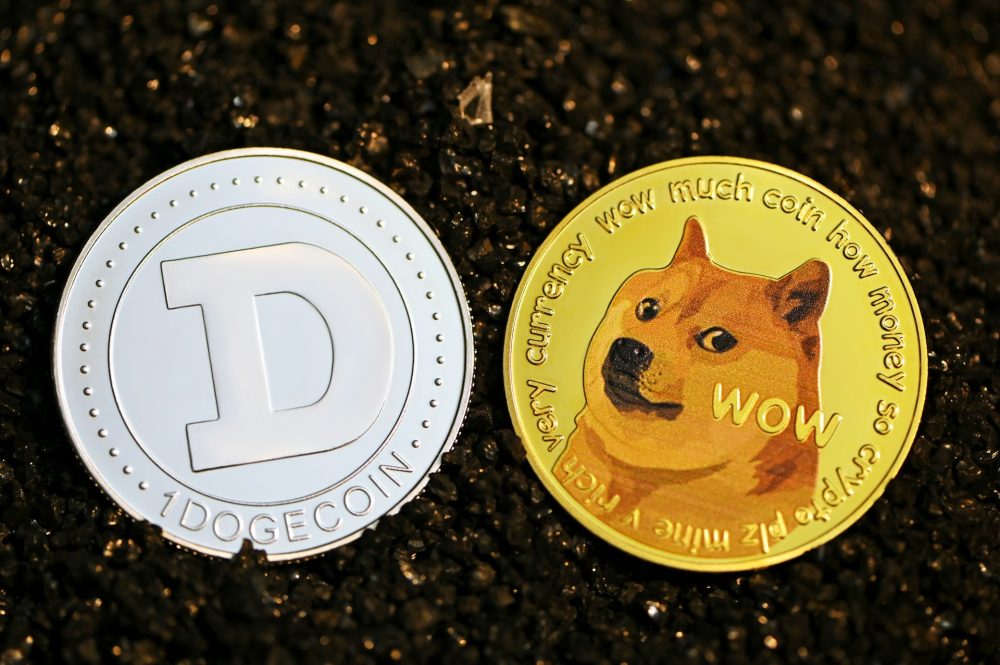
Competition among Bitcoin miners is fierce – which is why professionals are increasingly turning their attention to Dogecoin and Litecoin, where they can profitably miner using specialized hardware. How does this actually work?
Last week, the world’s largest Bitcoin mining conference, “Mining Disrupt,” took place in the US, and two trends were observed: The industry is increasingly organizing mining of Dogecoin (DOGE) and Litecoin (LTC) . Furthermore, the use of electricity from renewable sources is becoming more attractive. To understand the situation, some background knowledge is necessary.
Bitcoin (BTC), the mother of all cryptocurrencies, relies technologically on the Proof-of-Work (POW) protocol to ensure decentralization and thus security. Network participants can earn extra income through mining with PoW . However, these mining bonuses for BTC have been significantly reduced due to the Bitcoin halving in April 2024, intensifying competition. But Bitcoin isn’t the only cryptocurrency that uses the PoW protocol. Dogecoin and Litecoin are two altcoins among the 20 most capitalized cryptocurrencies that use the Bitcoin protocol with slight modifications, thus allowing mining.
Back in December, BIT Mining, one of the major market players, announced that it would be using its equipment not only to mine Bitcoin, but also Dogecoin and Litecoin. This proved to be even more profitable than traditional Bitcoin mining at times.
Renewable power sources are an advantage when mining BTC, DOGE and LTC
It’s no surprise, then, that at least one other major Bitcoin miner, Caret Digital, is now also incorporating Dogecoin and Litecoin into its calculations. Caret Digital is a subsidiary of VivoPower, which sells solar cells and operates its own power plants with renewable energy. With this combination, Caret Digital expects investments in Dogecoin mining to pay for themselves within the first year and subsequently generate profits.
Here’s an important point: When it comes to Bitcoin mining, the three factors that determine profitability are the BTC price, the energy price, and the cost of the specialized computers. Companies like Caret Digital that can rely on receiving electricity below market prices gain a competitive advantage, which also applies to Dogecoin and Litecoin mining. Another innovative approach is to use the waste heat from the mining hardware for heating. For example, a coffee shop chain reported at the Miner Conference that it had installed computers for Dogecoin mining in its stores and was enjoying the additional heating power.
Crypto mining in Germany pointless due to high electricity prices
However, these examples also demonstrate that profitable crypto mining is a tricky business. Data services like CoinWarz show in model calculations that even assuming an electricity price equivalent to approximately 9 euro cents per kilowatt hour, Dogecoin and Litecoin miners are currently operating at a loss, and this doesn’t take into account the acquisition costs for the specialized computers.
In Germany, the average electricity price for private consumers is significantly more than 20 euro cents per kilowatt hour, making profitable Bitcoin mining a pipe dream.
Conclusion: Crypto mining has its drawbacks with Bitcoin, Dogecoin and Litecoin
Another major topic at the Miner Conference was the recent clarification by the US Securities and Exchange Commission (SEC) that mining in the PoW protocol is legal and does not require licensing. This is in line with the crypto plans of President Donald Trump, who aims to boost Bitcoin mining in the US. Experts remain skeptical, particularly regarding Dogecoin mining, because the number one meme coin does not have a fixed token limit in its concept, unlike Bitcoin and Litecoin.
Every minute, 10,000 DOGE are distributed to miners, causing around 3 percent inflation. Furthermore, Dogecoin ‘s price curve has fallen back to the levels it held in November 2024, when Donald Trump clinched his election victory. We conclude: Profitable crypto mining is not realistic from Germany, with its current electricity prices. Before you fall for advertisements that promise passive income for Bitcoin mining or mining Litecoin and Dogecoin, you should do some math yourself.
__
(Featured image by Kanchanara via Unsplash)
DISCLAIMER: This article was written by a third party contributor and does not reflect the opinion of Born2Invest, its management, staff or its associates. Please review our disclaimer for more information.
This article may include forward-looking statements. These forward-looking statements generally are identified by the words “believe,” “project,” “estimate,” “become,” “plan,” “will,” and similar expressions. These forward-looking statements involve known and unknown risks as well as uncertainties, including those discussed in the following cautionary statements and elsewhere in this article and on this site. Although the Company may believe that its expectations are based on reasonable assumptions, the actual results that the Company may achieve may differ materially from any forward-looking statements, which reflect the opinions of the management of the Company only as of the date hereof. Additionally, please make sure to read these important disclosures.
First published in BLOCK-BUILDERS.DE. A third-party contributor translated and adapted the article from the original. In case of discrepancy, the original will prevail.
Although we made reasonable efforts to provide accurate translations, some parts may be incorrect. Born2Invest assumes no responsibility for errors, omissions or ambiguities in the translations provided on this website. Any person or entity relying on translated content does so at their own risk. Born2Invest is not responsible for losses caused by such reliance on the accuracy or reliability of translated information. If you wish to report an error or inaccuracy in the translation, we encourage you to contact us

-

 Biotech5 days ago
Biotech5 days agoSpain Prioritizes Clinical Benefit Over Efficiency in Funding New Cancer Drugs
-

 Impact Investing2 weeks ago
Impact Investing2 weeks agoEU Health Council Advances Key Pharmaceutical and Public Health Reforms
-
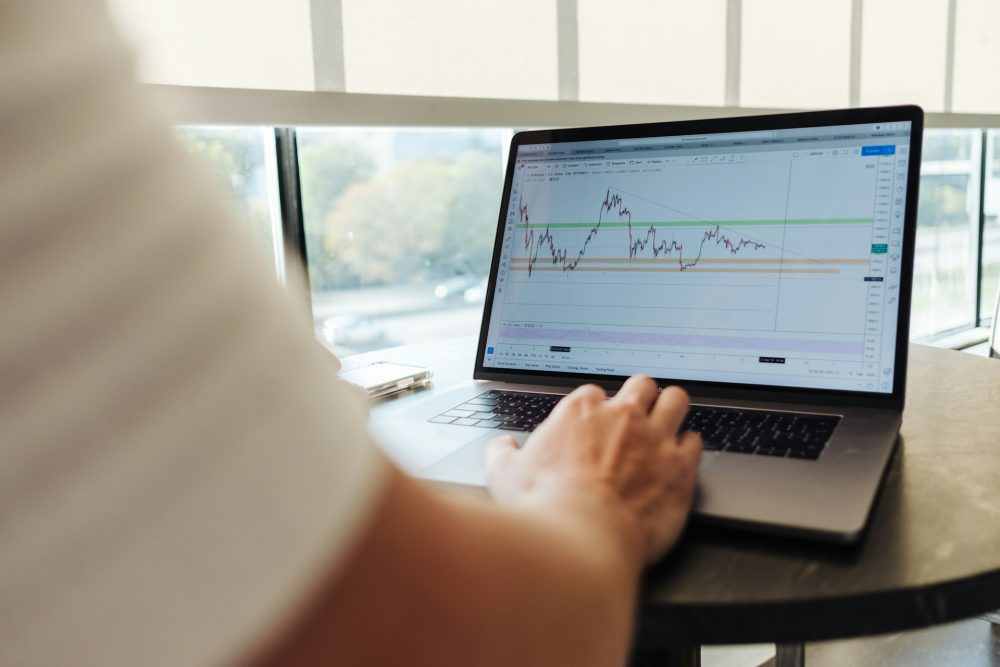
 Africa2 days ago
Africa2 days agoBank Al-Maghrib’s Final 2025 Meeting Expected to Maintain Key Interest Rate
-

 Crowdfunding1 week ago
Crowdfunding1 week agoOpstart Unifies Crowdlender: A Streamlined, Wallet-Free Investment Hub Launches December 2025


